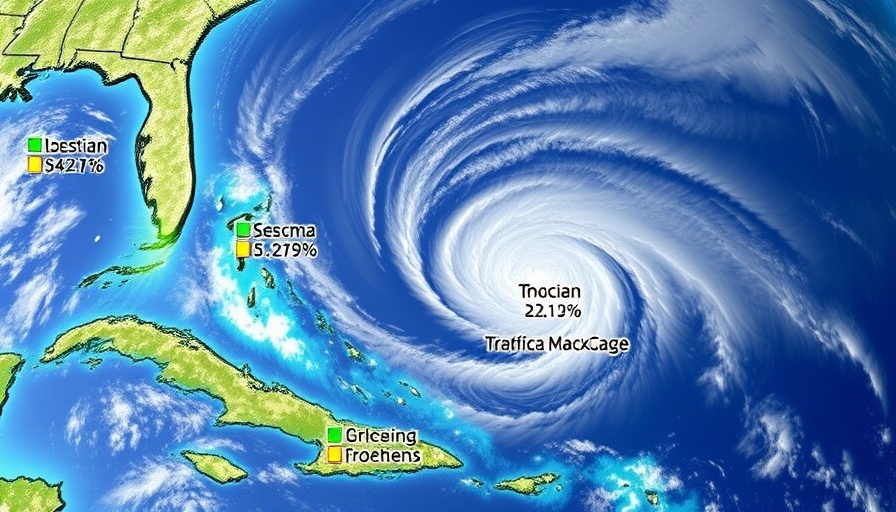
The Controversial Gulf Naming: A Clash of Sovereignties
In recent weeks, the world has been abuzz with accusations involving technology giant Google and the Mexican government. At the heart of the debate lies a name: the 'Gulf of Mexico,' which has controversially been designated on Google Maps as 'the Gulf of America' in certain regions, as dictated by a U.S. executive order signed by former President Donald Trump. This alteration has sparked a series of claims regarding the implications of such a name change. Interestingly, Google asserts it generally complies with governmental labels for geographical locations, which raises questions about sovereignty and international relations in this case.
Understanding the Dispute
Mexico has officially initiated a lawsuit against Google, claiming that this adjustment violates its sovereignty over a body of water that is not solely under U.S. jurisdiction. The Gulf of Mexico is a significant area, with about 46% being governed by the U.S., while Mexico claims 49%, and Cuba holds an additional 5%. This dynamic underscores the historical tensions in the region, complicating what might seem like a mere geographical renaming.
The Broader Implications of Geographic Naming
This situation is not merely about a name. It’s emblematic of broader geopolitical tensions and the role tech companies play in shaping narratives. When a major entity like Google adopts a term that can potentially mislead or misrepresent, it raises issues about how local and international perspectives are considered. Just as many regions around the globe face the implications of colonial legacies in their naming conventions, this case represents the ongoing struggle for proper representation in the digital age.
What is the Global Perspective?
Beyond the borders of Mexico, the responses are varied. While users in the U.S. see 'the Gulf of America,' in Mexico the original name persists. International users toggle between both versions. This inconsistency highlights a peculiar feature of digital mapping services: the localization of information based on policy rather than cultural relevance. Additionally, such discrepancies only deepen the divide in perceptions between countries, particularly in a time of increasing nationalism and geographic pride.
The Future of Geographic Designation
Moving forward, one must wonder: what does this mean for Google and other tech companies that act essentially as cartographers in the digital era? The need for accuracy and sensitivity in naming becomes all the more urgent as the world becomes increasingly interconnected—and as borders become more contested. We may see a rise in disputes over labeling and naming conventions as digital maps scale up their international presence.
A Call for Accurate Representation
What can be gleaned from this incident is the pressing need for tech giants like Google to reassess how they approach mapping names and representations. These decisions can have powerful ramifications, influencing both public sentiment and international relations. Stakeholders across the globe must engage in conversations about accuracy in this arena, particularly as technology increasingly intersects with politics.
 Add Row
Add Row  Add
Add 




Write A Comment